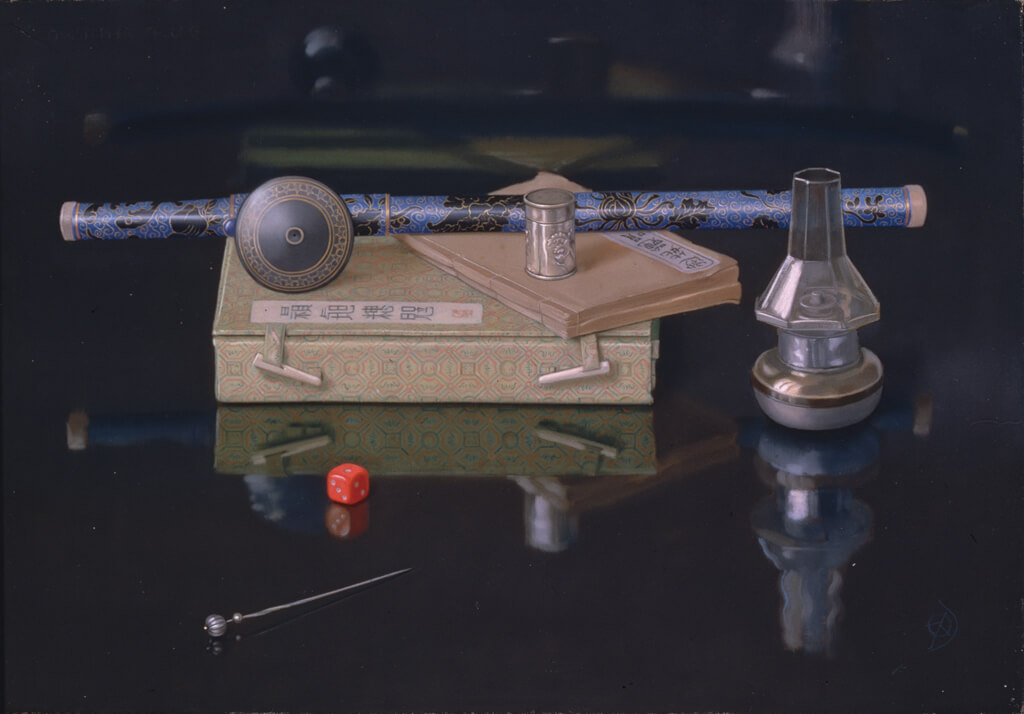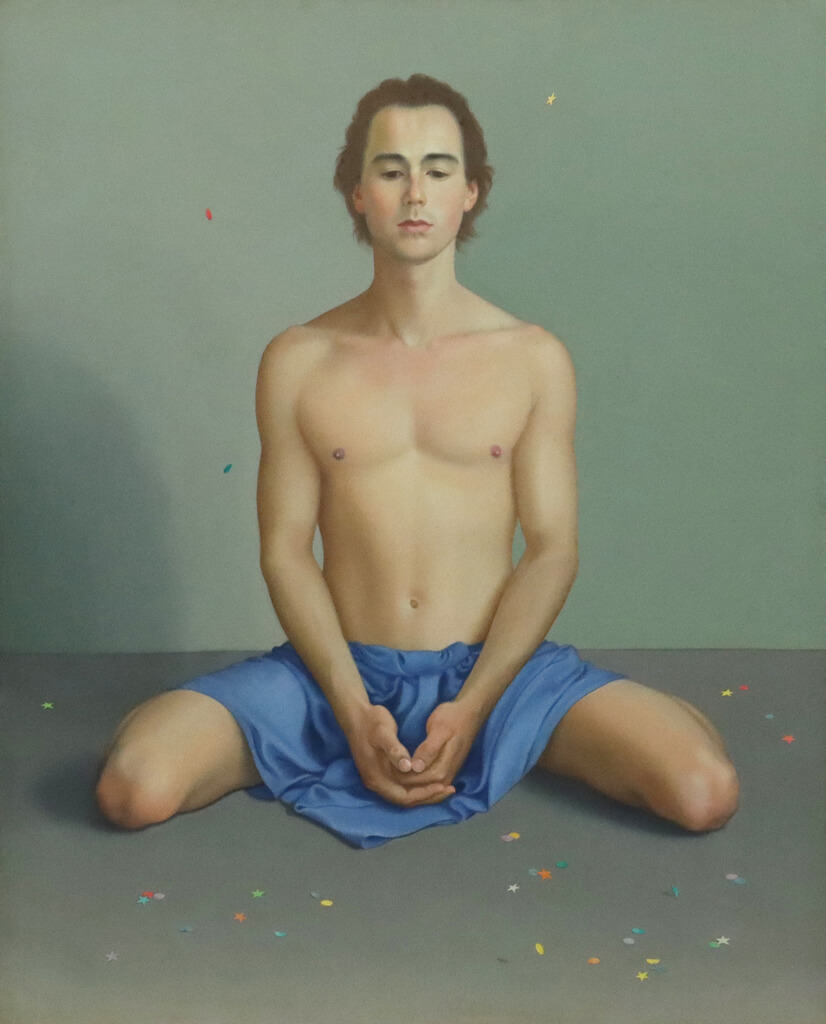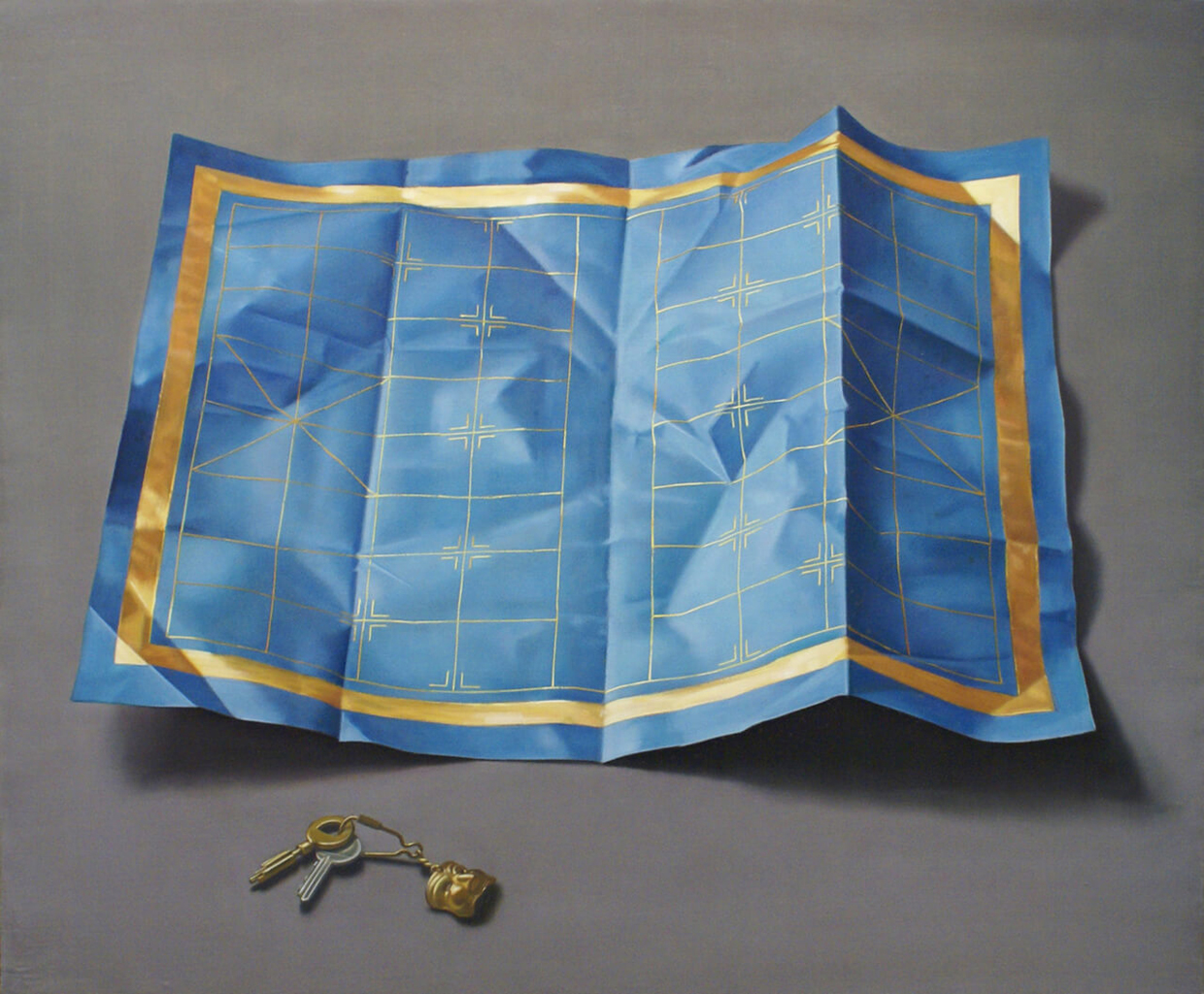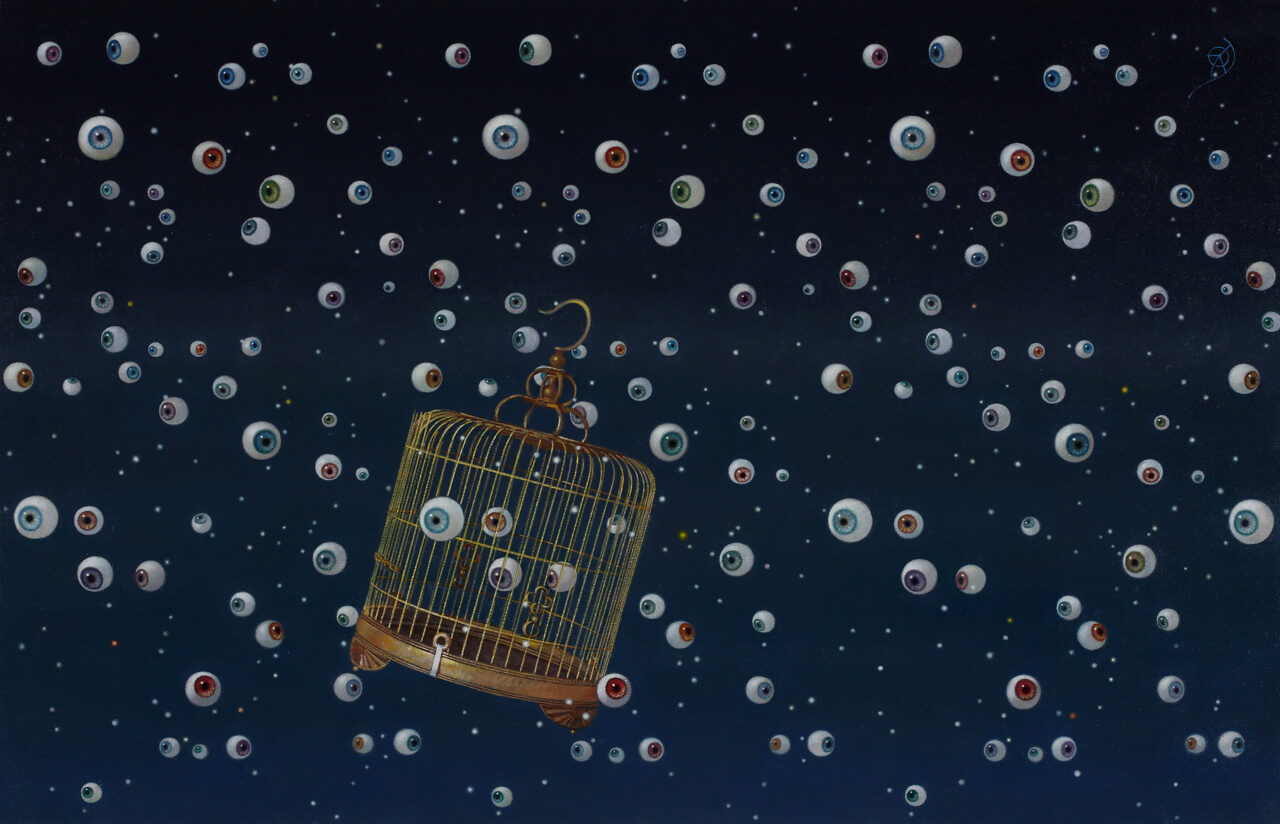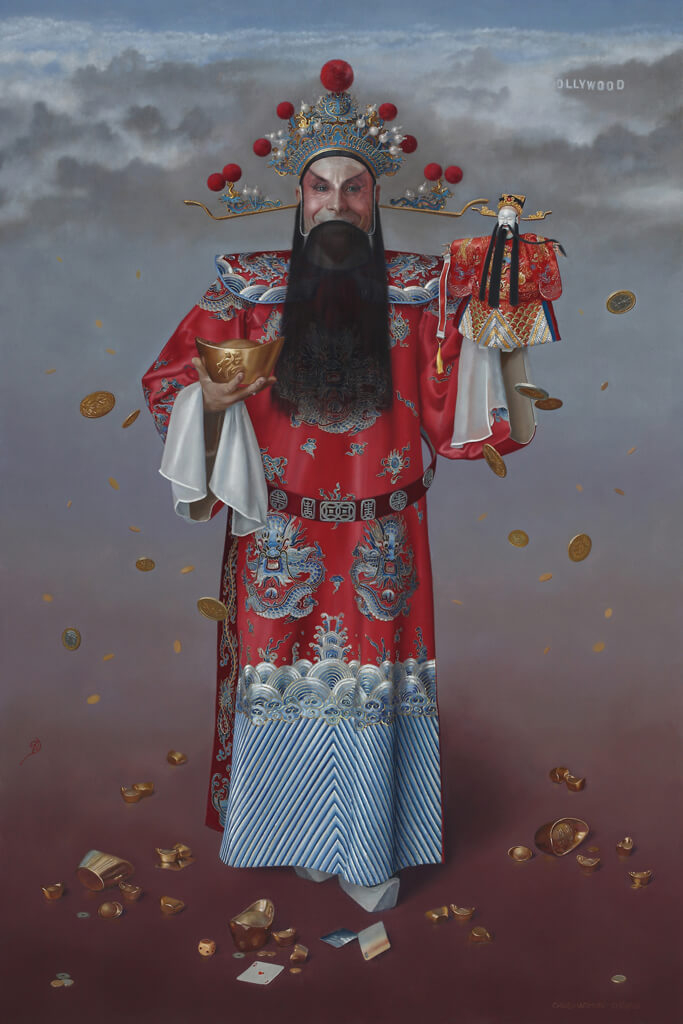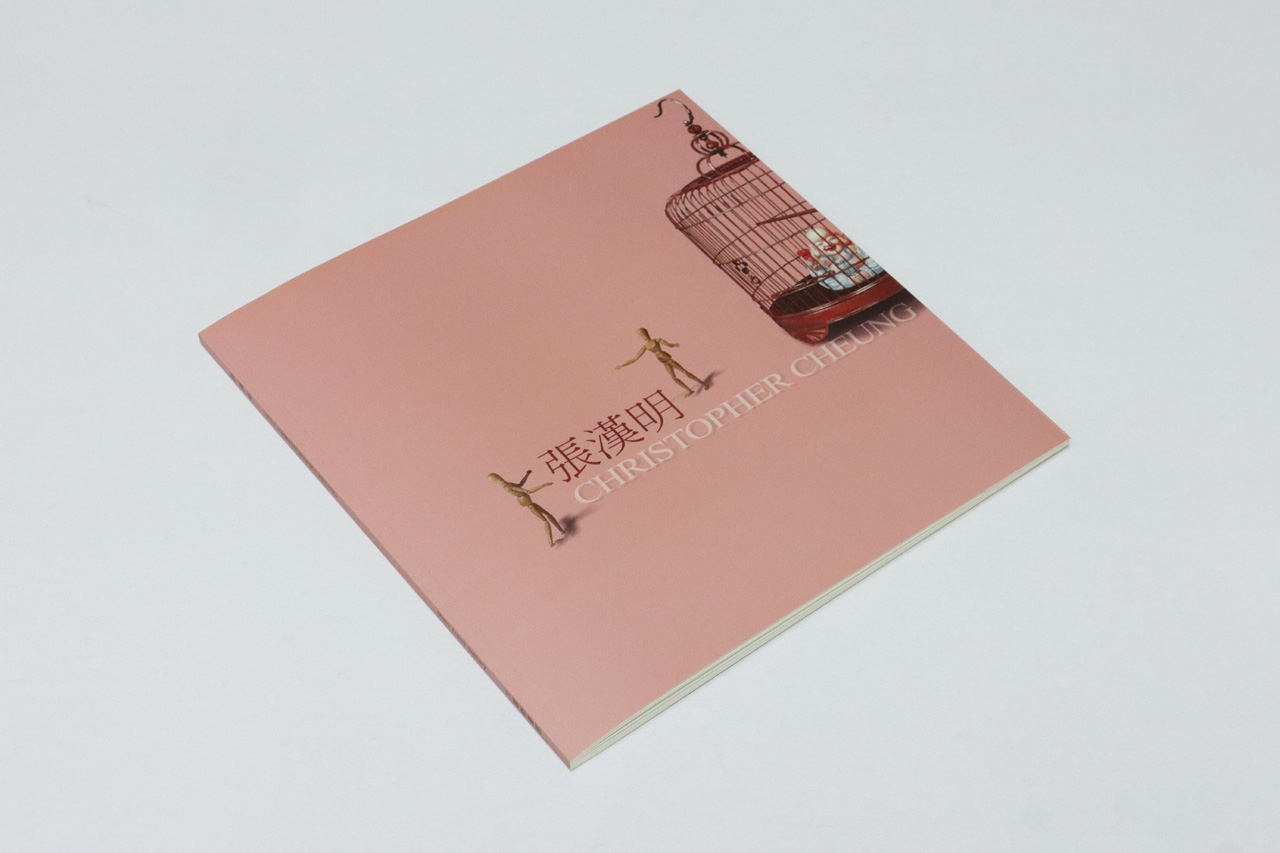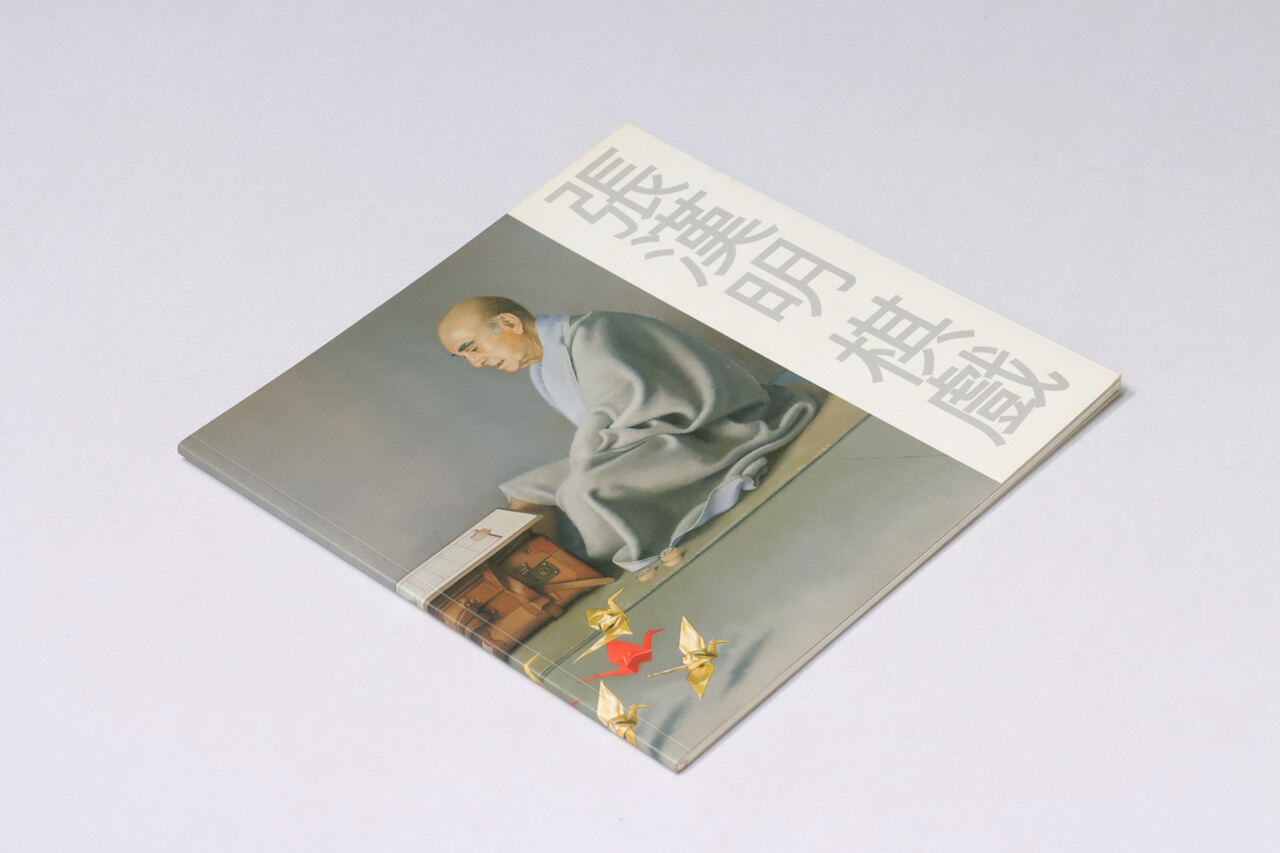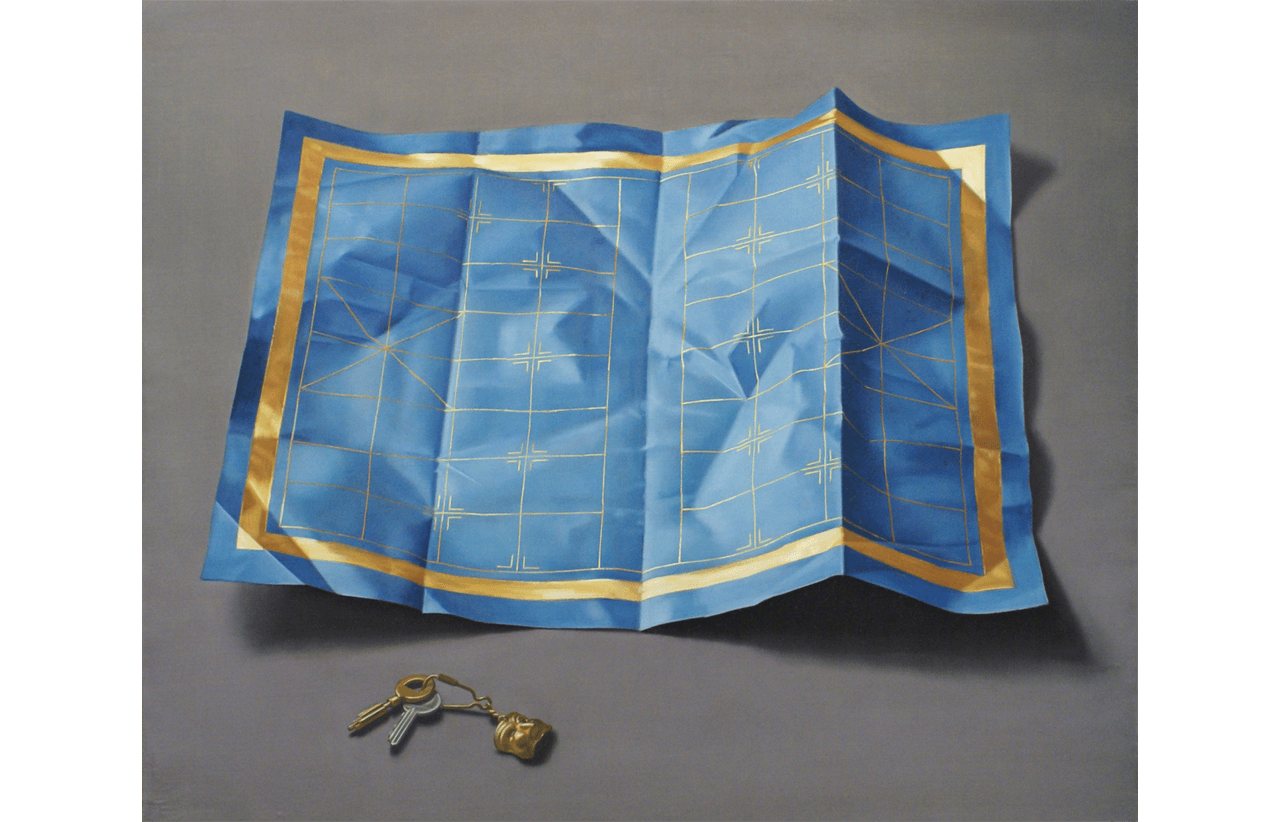01
About Christopher Cheung 關於張漢明
About Christopher Cheung 關於張漢明
⌈Painting resembles chess and drama in some ways.It has a look of drama, since the figures and objects in the painting are taken as much fabricated as real. No sooner do they strike a pose, than they are judged publicly, which makes them dead ringers for actors going on stage. Besides, my indulgence in the painting process implies a game of self-entertainment.It reminds one of chess, for I’m my own chief opponent who always crosses sword with myself. One part of me pursues a down-to-earth style towards secularity, whilst the other part aspires to be free and unfettered beyond the spatial-temporal confines. The two parts tend to fight at close quarters. It would be a blessing if such clashes serve as the creative spark, the inspiration that keeps the torch of my art aflame.|Christopher Cheung⌋ |
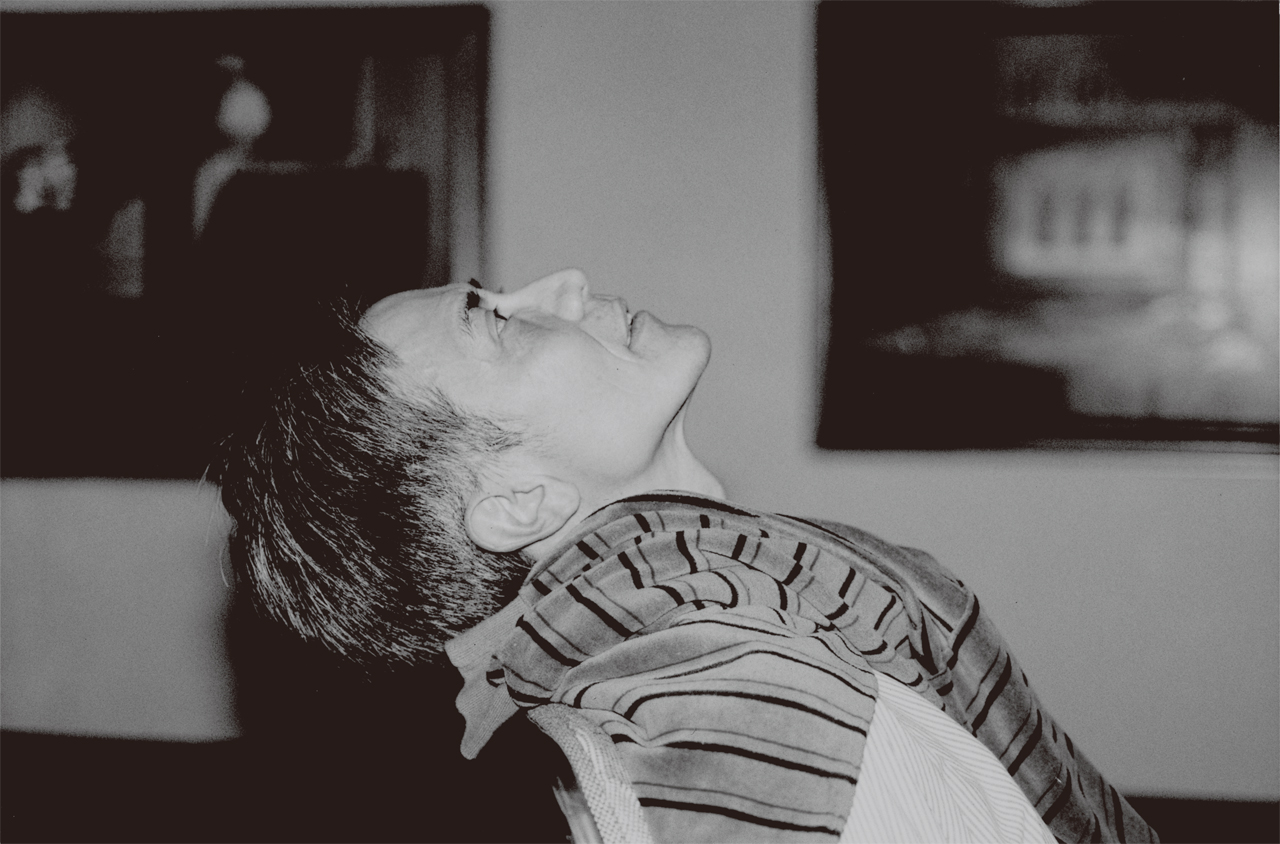
|Christopher Cheung(1945-)
Christopher Cheung was born in Hong Kong in 1945 and enrolled at the Ling Hai Art School in 1967. He has taken up residence in Paris, France since 1970 and staged many solo exhibitions in France, Germany, Taiwan, Hong Kong, and Singapore from 1983 onwards.
Cheung’s oeuvre features figurative objects and figures brimming with symbolic meanings, which can be roughly categorized into the “Still Life Series” and the “Figure Series.” The former focuses on developing historico-cultural discourses, while the latter gives prominence to his views about the ways of the world and human nature. The elements of Chinese culture, such as Chinese chess, Beijing opera, chinaware, the 18 Bronze Men, and tortoise shells, have been the main threads running through the two series. These objects that explicitly symbolize Chinese civilization frequently appear in the composition of his oeuvre. They represent either the wistful nostalgia of the artist who has long lived in Europe and detached from his native culture, or part of his life’s rich tapestry.
Cheung excels in photorealistic rendering, which lends verisimilitude, limpidity, and delicacy to his works. His inimitable arrangement and layout situate sharply defined images in paradoxes, inviting us to further “decipher” the symbolic meanings behind these images when we are “gazing” at them.
Art critics Shih Jui-Jen and Wang Che-Hsiung once gave remarks on Cheung:
⌈Cheung’s photorealistic rendering is so impeccable that it nearly rivals visual deception. Nevertheless, we may feel like being lost in a confusing maze when we try to grasp the meanings conveyed by his paintings with our mind. The longer we gaze at them, the more we become uncertain. The more we contemplate, the more we find them enigmatic.It is because that Cheung created rather puzzling relations and settings for the figures and objects in the composition, to which normal logic does not apply. Somewhat paradoxical though, it appears fairly reasonable to describe Cheung’s paintings as “limpid mystery.”|Shih Jui-Jen, art critic⌋ |
⌈Cheung’s oeuvre is imbued with allegorical images and symbolic metaphors.His questions and feelings about life, humanity, death, and future find vivid expression in his self-analysis, confession, oriental cultural lineage, sharp and agile mind, religious concerns, ingenious selection of images, careful arrangement of intelligible symbols or metaphors, superb realistic painting skills, and his postmodern logic that freezes time and anachronizes space.His seemingly simple and common paintings actually carry profound connotations. As a professional artist and the director of his life drama, Cheung deserves the reputation as a brilliant thinker of self-cultivation.|Wang Che-Hsiung, art critic⌋ |
Christopher Cheung, Realm of Contentment, 1997, 38x55cm, Oil on canvas
|
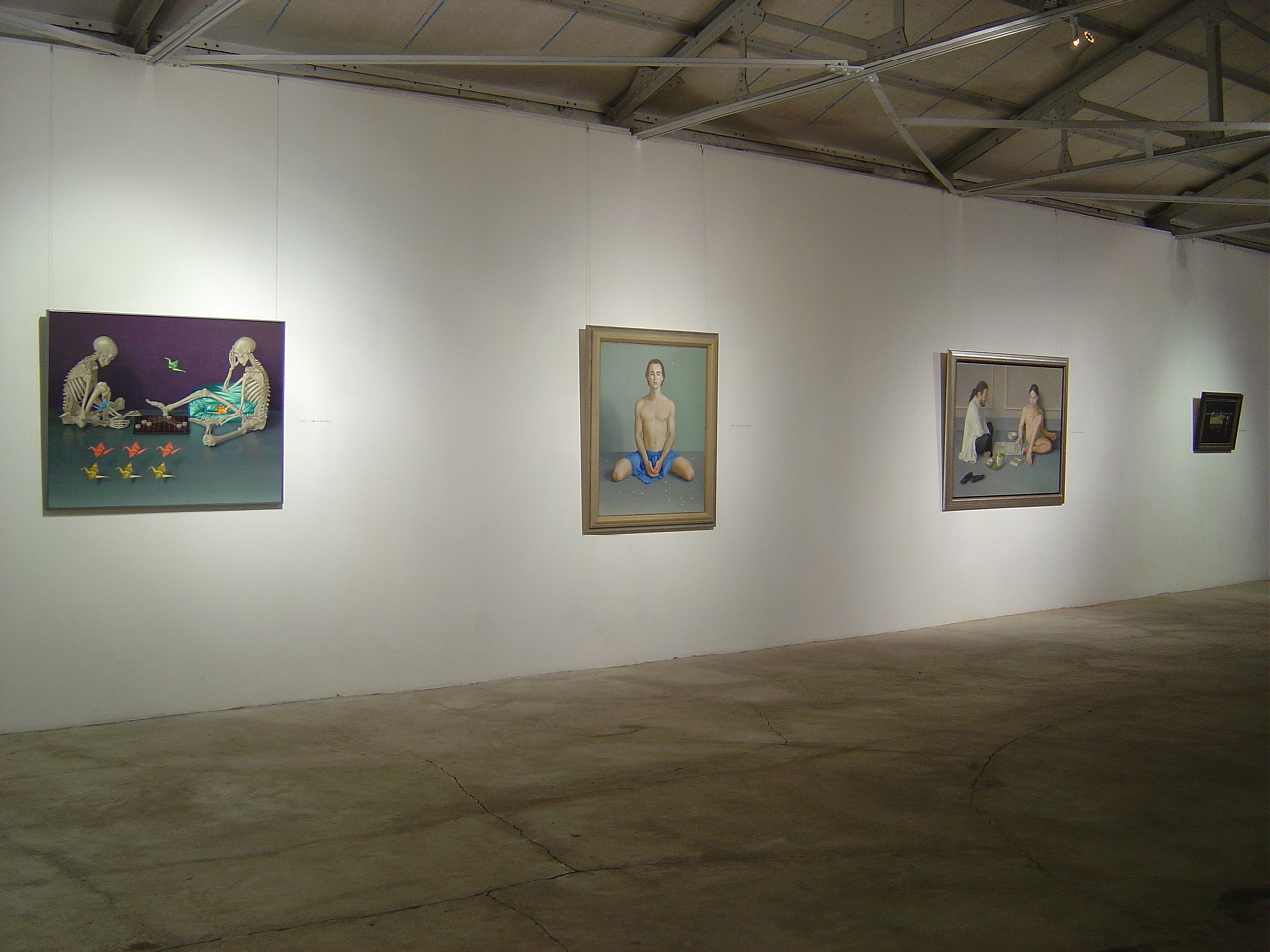
|Installation view |(Right) Christopher Cheung, Realm of Contentment, 1997, 38x55cm, Oil on canvas
Christopher Cheung, Confetti, 1994, 100x91cm, Oil on canvas
|
